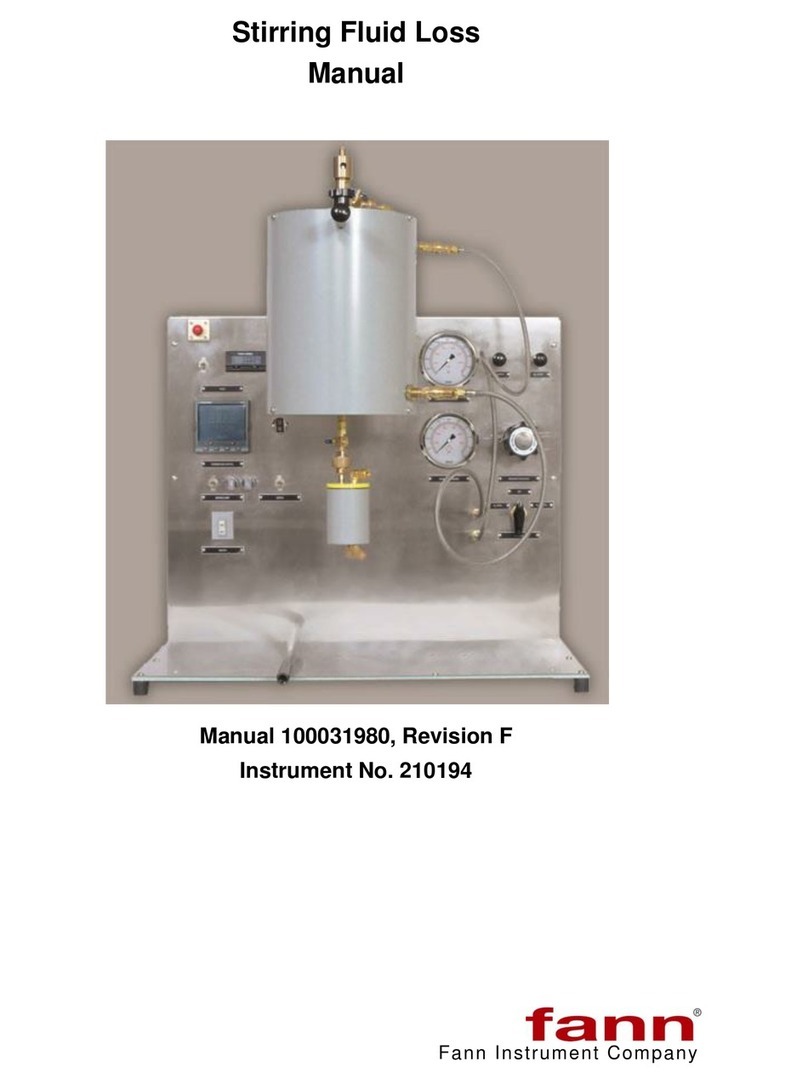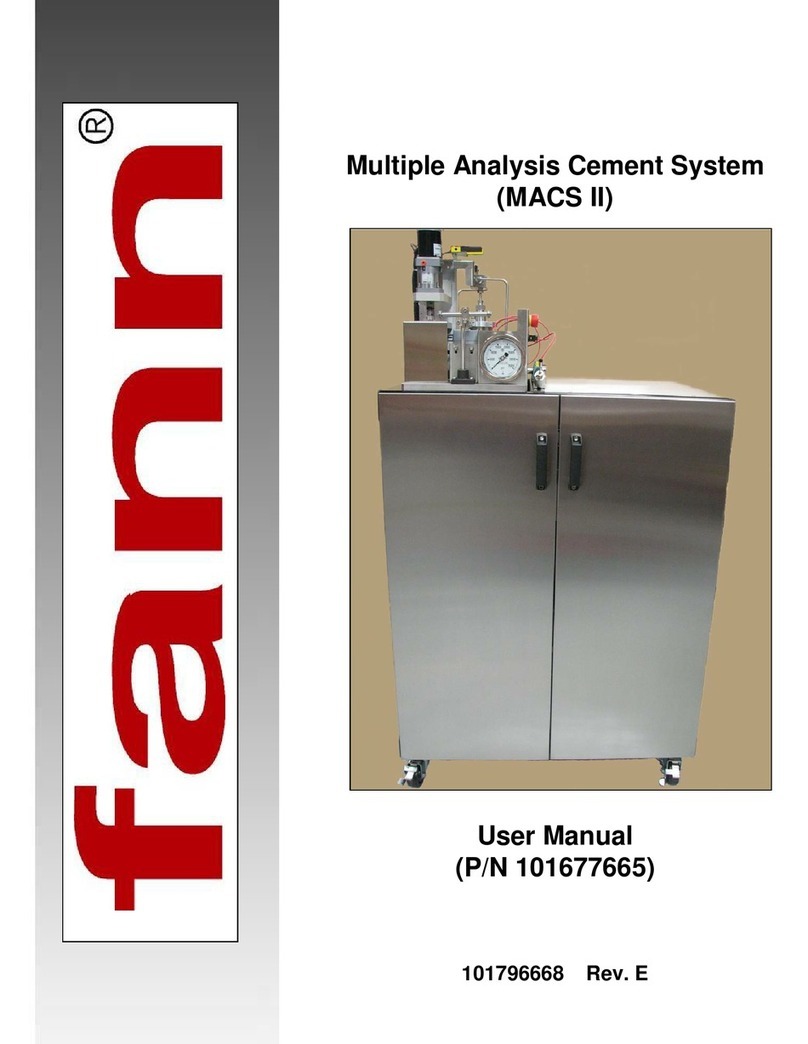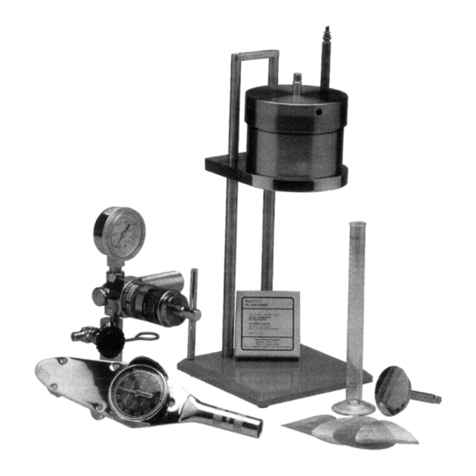
Cement Curing Autoclave User Manual
100072577 Revision H ii
Contents
1Introduction.............................................................................................................1
1.1 Cement Curing Autoclave ................................................................................... 1
1.2 Function............................................................................................................... 1
1.3 Features................................................................................................................ 2
2Safety.......................................................................................................................4
2.1 Machine Hazards ................................................................................................. 4
2.2 Ergonomic Considerations................................................................................... 5
3Features and Specifications ..................................................................................6
3.1 Cement Curing Autoclave Mechanical................................................................ 6
3.2 Cement Curing Molds.......................................................................................... 7
3.3 Cement Curing Autoclave Controls and Indicators............................................. 9
3.4 Temperature Controller Configuration.............................................................. 10
3.5 Pressurizing the Cement Curing Autoclave....................................................... 24
4Installation.............................................................................................................26
4.1 Parts of the Cement Curing Autoclave.............................................................. 26
4.2 Other Parts ......................................................................................................... 26
4.3 Locating the Cement Curing Autoclave ............................................................ 26
4.4 Electric Power Supply ....................................................................................... 26
5Operation...............................................................................................................28
5.1 Sample Preparation............................................................................................ 28
5.2 Prepare the Cube Mold ...................................................................................... 28
5.3 Prepare the Cement Slurry................................................................................. 32
5.4 Fill the Molds..................................................................................................... 32
5.5 Place molds into chamber.................................................................................. 35
5.6 Place chamber in heating jacket......................................................................... 39
5.7 Pressurize the chamber ...................................................................................... 41
5.8 Running a test .................................................................................................... 41
5.9 Ending the test ................................................................................................... 43
5.10 Remove the chamber ......................................................................................... 43
5.11 Cleaning the molds, pressure chamber, and autoclave...................................... 44
6Analyzing Results.................................................................................................45
7Troubleshooting and Maintenance......................................................................46
































